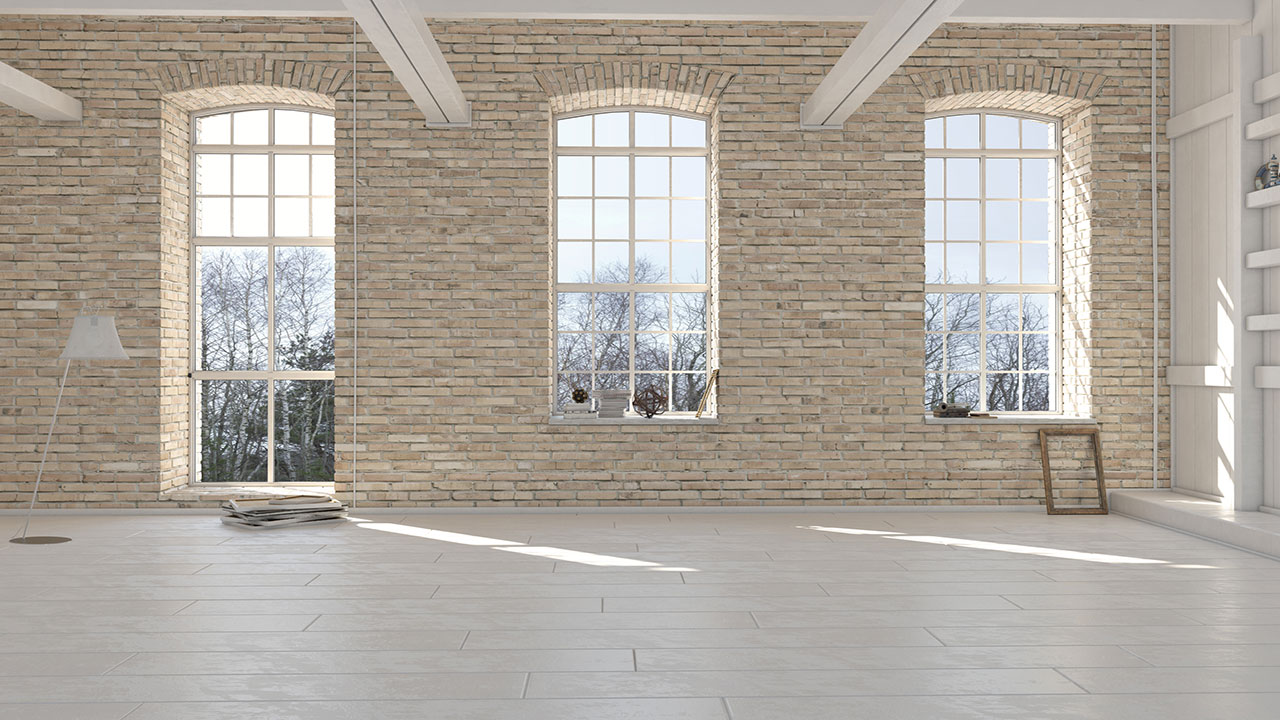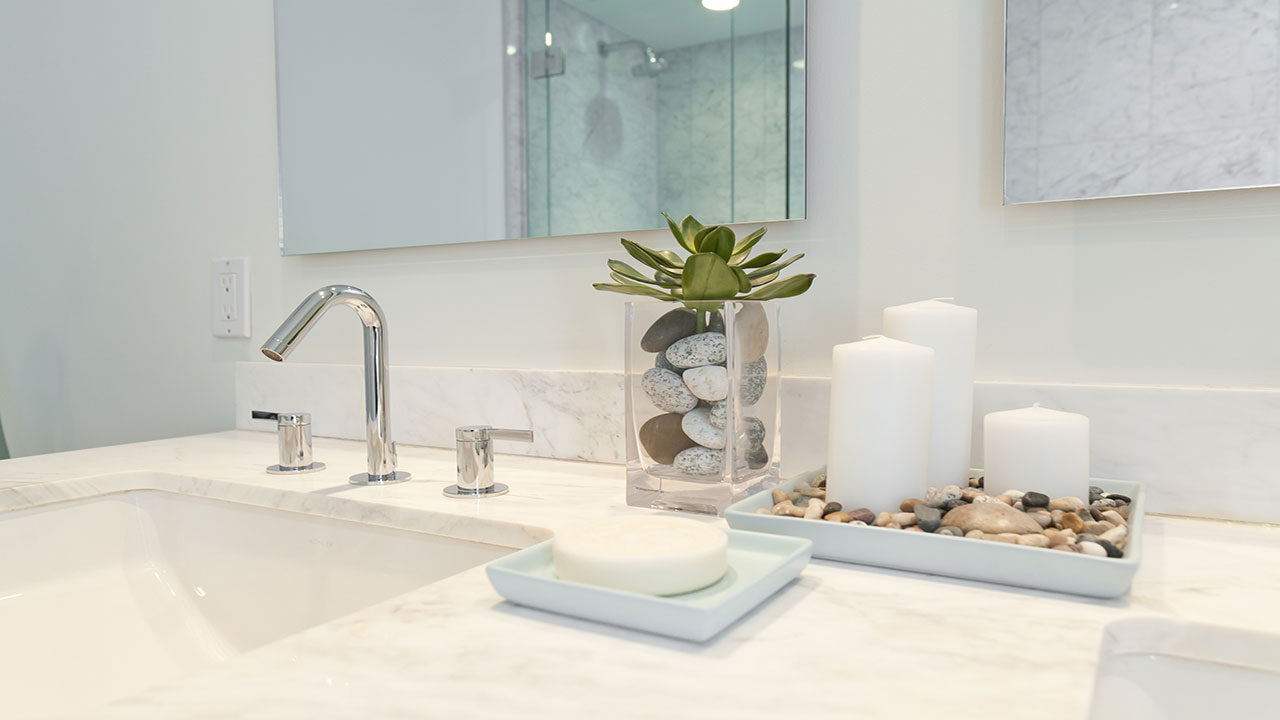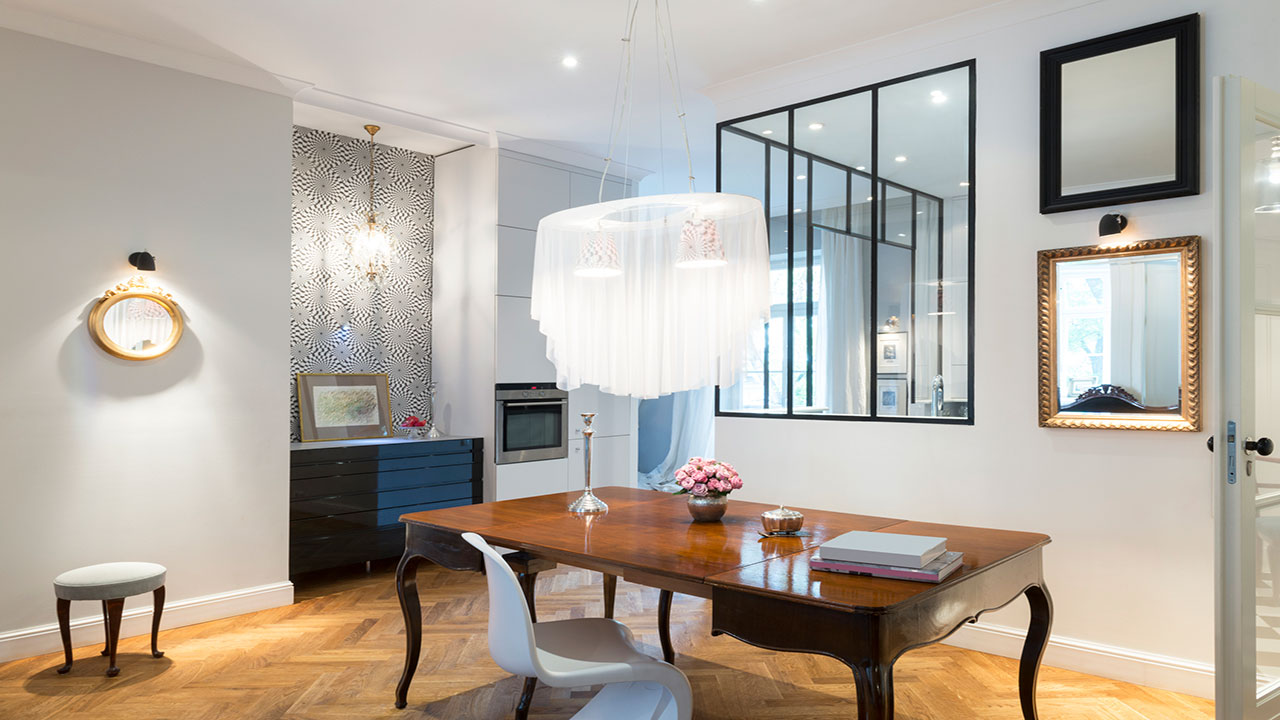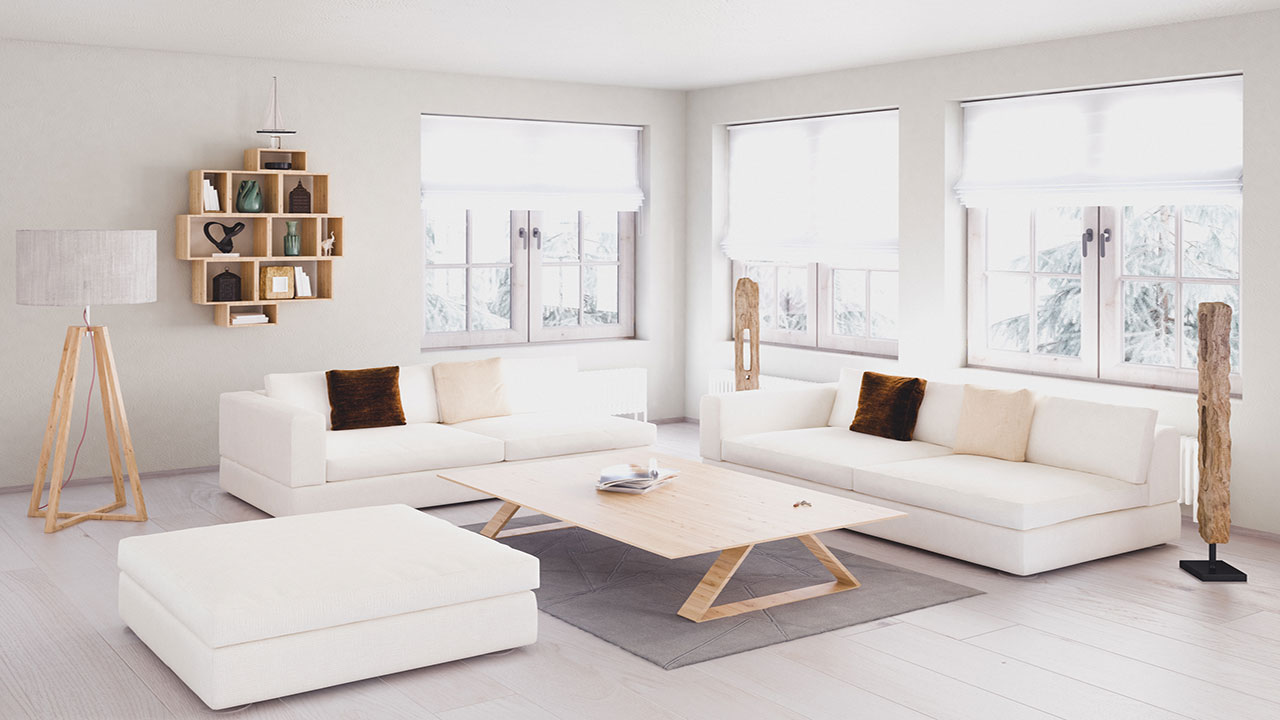7 Tricks Home Stagers Use to Attract Buyers

As a seller, you want to pull out all the stops to get buyers to notice your listing. And once they lay eyes on it, you’ll want them to be impressed with what they see. Handing buyers exactly what they want on a silver platter can entice them to want to put in an offer, and a hefty one at that.
That’s exactly what professional home stagers do for a living: prep homes to attract buyers and help sellers sell quickly and for top dollar.
So, how exactly do home stagers do this? How are they able to furnish and decorate a home in such a way that buyers simply can’t resist?
Well, they’re highly trained and experienced experts in their field, and they know exactly what it takes to get buyers to want what you’ve got. Here are a few tricks that they employ to help attract the masses of buyers out there.
1. They Don’t Leave Rooms Vacant

Vacant rooms are a faux pas in the world of staging and selling. They can make rooms feel small, cold, unwelcoming, and they can even magnify any flaws that might be present. Vacant rooms also don’t paint a picture for buyers in terms of how a room can be furnished or utilized.
By furnishing a vacant room and filling it with the right decor and accessories, stagers can define a space and highlight positive traits while simultaneously camouflaging defects.
2. They Furnish Strategically to Make a Space Seem Bigger
Homes that are short on square footage need all the help they can get to help buyers overlook the small spaces and visualize how the rooms can look. The good news is that home stagers have some tricks up their sleeves when it comes to making smaller spaces seem larger than they really are, and they apply a little bit of psychology to their work.
According to studies, people tend to look at a room starting from the left and scanning to the right, just like they would when they read. Stagers use this same premise when they furnish rooms and tend to place larger pieces to the far left as that’s the first thing that buyers see, based on the concept of looking at a room from left to right.
Stagers will also place tall pieces further back in a room to help make the room appear larger.
3. They Incorporate the Golden ‘Rule of Three’

Home stagers often apply what’s known as the “rule of three,” which basically involves grouping components in groups of threes. Whether it’s artwork, chairs, vases, or even candles, similar pieces are usually grouped in this way to create a more attractive and visually-appealing space that’s more natural-looking to the eye.
Arranging pieces in this manner entices people to look around more and can even make them feel more comfortable based on the odd number. Apparently, even numbers foster more unnatural feelings, while odd numbers do the opposite. Again, a little knowledge of psychology goes a long way in the world of home staging.
4. They Boost Flow By Floating Furniture Off the Walls
Homeowners have a tendency of positioning their furniture right up against the walls. But home stagers will often pull pieces away from the walls to allow for some space behind them as well as in front. Positioning furniture in this way can help to improve flow and allow people to meander a space more freely and easily. In fact, floating furniture is also a great way to visually expand a space and make it seem bigger than it really is on paper.
5. They Hang Mirrors to Brighten and Expand a Space

Mirrors are pretty useful when you’re getting yourself ready in the morning, but they can be used for much more in the world of home staging. Stagers will strategically hang mirrors in certain places to help reflect light and brighten up a space. They’ll also use mirrors to make a room appear larger thanks to their reflective properties.
6. They Use Color to Create Cohesion Between Rooms
A home can appear choppy from one room to the next, which can disrupt feelings of optimal flow and make a home seem smaller. But with the strategic use of color, a home can seem to flow much more naturally between rooms. While they don’t have to necessarily stick to only one color, stagers try to keep the color scheme somewhat similar across pieces, accessories, walls, floors, and ceilings in rooms can help create a more cohesive-looking home.
7. They Minimize the Use of Area Rugs

Much like completely different colors across different rooms can create a choppy-looking space and make a home seem smaller, too many area rugs scattered about can do the same. Instead, stagers tend to minimize the use of area rugs, and usually only use them to create cozy conversation areas or define spaces. Minimal use of area rugs will expose more of the flooring and increase visual flow, which is easier on the eyes and can make a home seem larger.
The Bottom Line
Stagers learn plenty of savvy tricks and strategies that they employ to help homes sell faster and for more money compared to homes that are not staged. There’s definitely an art and science to home staging, and all tactics are designed specifically to help attract as many buyers as possible. The more impressed buyers are, the more likely they’ll put in an offer sooner rather than later.